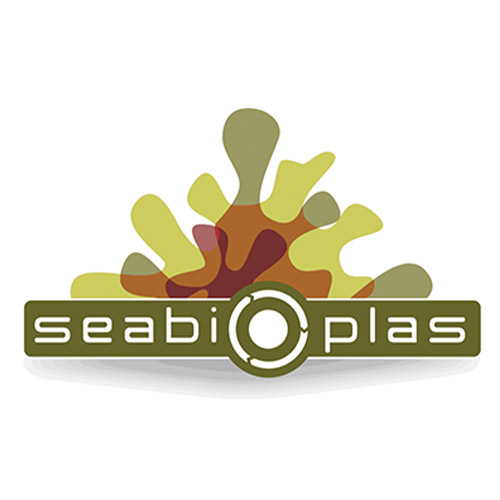
Seabioplas
Seabioplas is an European project under the Seventh Framework Programme (FP7), which was attended by eleven companies, research institutes, big and medium enterprises coming from different European countries, in particular:
- U’Murchu Marine Research Station (DOMMRS), Ireland
- ALGAPLUS Portugal,
- WAGENINGER UR (DLO), Netherlands
- CIIMAR Portugal
- ICETA Portugal,
- CEVA France
- Verfen Vernisfabrieken Herfst en Helder BV (H&H), The Netherlands
- NBC, Estonia
- SLEEVER France,
- AGROLABO, Italy
- CPS Ireland
The aim of the project was to produce biodegradable bioplastics from sustainably grown algae. The current method of producing bioplastics is based on natural resources such as corn, sugar and wheat. The use of algae to produce polylactic acid (PLA) offers a number of advantages, including less competition for food resources, a reduction in the use of fresh water and a reduction in CO2 production.
The project also assessed the effectiveness of the use of algae by-products in animal feed, in particular as feed for fish and farm animals
Agrolabo SpA was responsible for evaluating the effectiveness of these by-products of natural origin as mycotoxin sequestrants in dairy cows, through a field trial in an Italian farm in the Po Valley.
The role of Agrolabo
The biomasses object of the SEABIOPLAS study can represent an alternative source of natural product for animal feed, in particular in the organic farming sector (throughout Europe) and in production circuits according to strict regulations (i.e. Parmigiano Reggiano in Italy).
The richness of marine algae in polysaccharides, minerals, vitamins, proteins, fats and polyphenols gives this by-product a high nutritional potential. In addition to this, numerous studies show the presence of substances with antibacterial, antiviral and antifungal action.
Agrolabo has studied the support that the biomasses, object of the study, can provide in the production of dairy cows, evaluating, through a field experimentation in some farms selected according to precise parameters, the effectiveness as a sequestering agent of aflatoxins and mycotoxins.